Have you heard the one about the guy who walks into a bar, drinks a few brews, and gets his coat on and heads for the door without paying?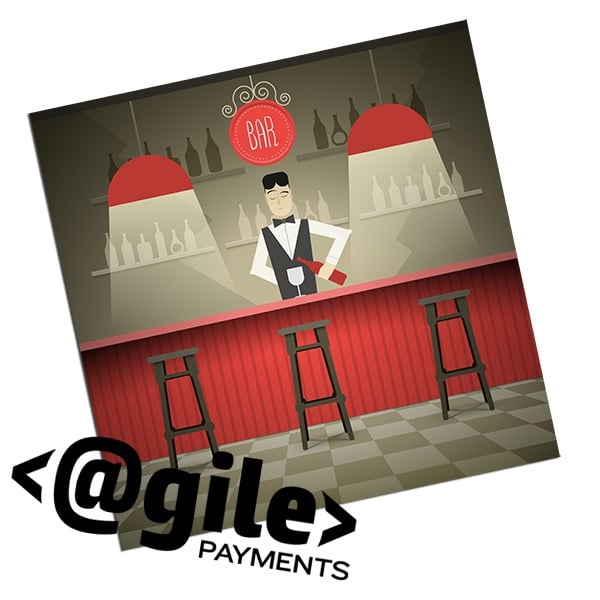
No?
Good.
Well the bartender stops the guy before he can leave and lets him know he owes $15 for the beer he drank.
“I just paid you that. You don’t remember so well, eh?” says the customer.
“Sure I remember things just fine,” says the bartender, “But I guess if you say you paid, you paid.”
Now the man heads outside and tells the first person he sees about the bartender’s poor memory and how he can’t keep track of who’s paid and who hasn’t. So the second guy runs in, crushes three beers, and pulls a repeat performance.
The bartender again replies, “No problem, if you say you paid then you paid.”
That guy then walks out and tells his buddy the trick to getting free drinks from that particular bartender. So his buddy hurries to the bar and starts knocking back Long Islands like they were going out of style.
After a bit the bartender walks over and says, “The damnedest thing happened tonight. Two guys came in and drank beer, neither one of them paid, and both insisted they had. The next sucker who tries that on me is going to get smacked right dab in the…”
The man interrupts, “Dude, just bring me my change. Tell your problems to someone else.”
Dumb joke I know.
Your SaaS customers will get the joke just fine though.
Why am I so sure they would?
The Software as a Service industry is hung up on the free trial offer more than any other sector. That’s why.
Your potential customers know it too.
 Chances are pretty good that you are already offering a free trial of your services to your prospects. But are you doing anything to make it more effective?
Chances are pretty good that you are already offering a free trial of your services to your prospects. But are you doing anything to make it more effective?
You offer prospects a free trial of your service because you’re hoping they’ll like it and want to actually begin paying you for it.
But are you aware of the fact that free trials usually don’t convert prospects into paying customers all on their own?
Well, it’s true.
Most of the Software as a Service providers I speak to on a daily basis incorrectly assume that all they have to do is offer a free trial and then sit back and wait for the sales to start flying in.
Yes, free trial offers work great as a marketing strategy. So you still need to keep offering them. But they won’t sell your service by itself.
It’s a fact you can’t get around either. But with a little elbow grease you can get help make your free trial offers a lot more effective.
Here’s how to do it.
#1: Your Free Trial Is Not A Standalone Program
Don’t make the mistake of assuming that your free trial alone will be all you need to bring in the paying customers you’re looking for.
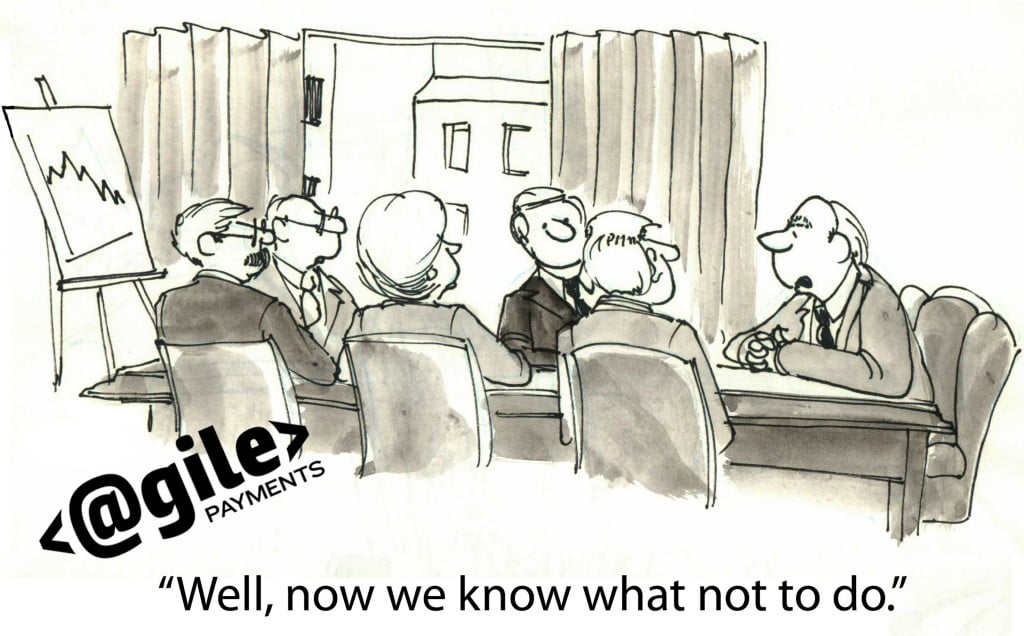
Look at your free trial from the perspective of your customers.
Your prospects are literally swimming in an ocean of free trials.
Every online consumer sees an offer for a free trial every few minutes online, and your free trial simply adds to the utter bombardment of the online user.
You have every right to offer a free trial, but make sure your free trial offer is not a standalone program.
Your free trials that exist in isolation will fade out of your customer’s mind within a matter of a few moments after their information is entered.
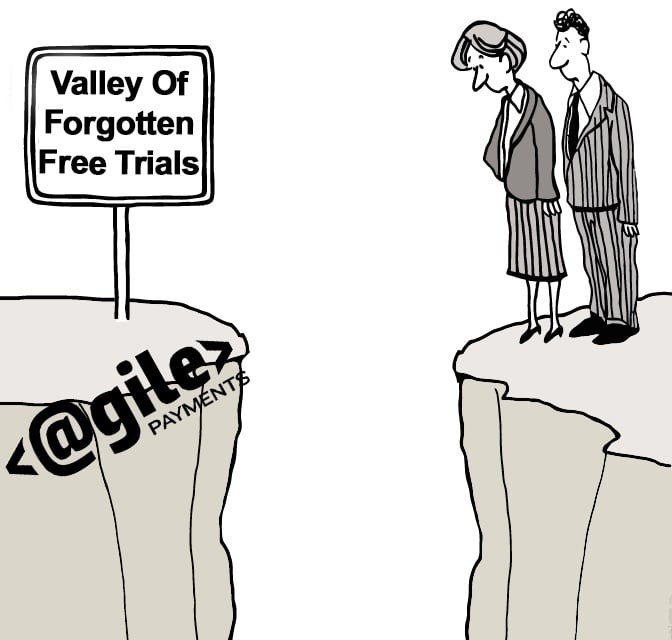 You yourself have most likely signed up for free trials that you forgot about, and your own offer will become just as forgettable when it sits in isolation.
You yourself have most likely signed up for free trials that you forgot about, and your own offer will become just as forgettable when it sits in isolation.
Your free trial should provide your customers with services that bring them right to the heart of your business, and you should include trial customers in your programs.
Discriminating against trial customers creates the impression that you only care about people who are actively paying and can foster all kinds of ill will towards your company and offer.
Support your trial with content, emails and customer support services.
The more touches you make with the trial customer during their trial the better chance you will have of converting them to a paying customer.
#2: Don’t Be So Pushy With Your Touches
The last thing you want to be perceived as by your free trial customers is pushy.
So do your best to refrain from hitting them up to purchase the moment they log on to your service.
A fringe customer who had not heard of you just a few minutes ago is not ready to invest their hard-earned money in your program.
A system that funnels customers to the point of sale immediately is no better than a salesman who cannot approach you properly in the store.
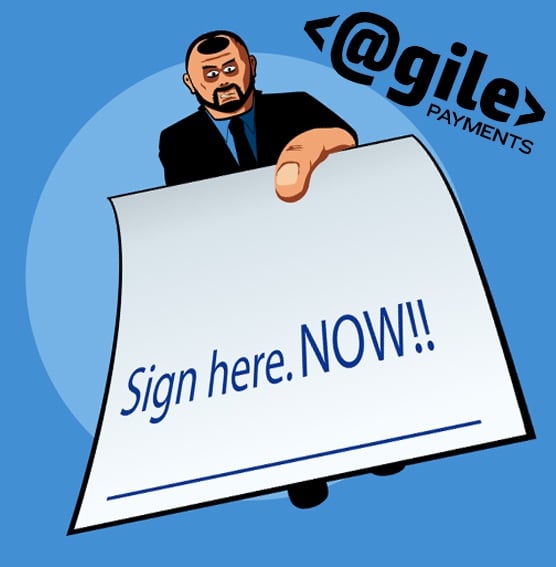 You would never purchase a car from a salesman shoved an agreement in your hand to sign the second you walked through the door to dealership. Instead of buying the car you most likely would feel an immediate revulsion all the way down to your bones. Your free trial customers are no different.
You would never purchase a car from a salesman shoved an agreement in your hand to sign the second you walked through the door to dealership. Instead of buying the car you most likely would feel an immediate revulsion all the way down to your bones. Your free trial customers are no different.
Take a good hard look at your free trial offer.
Decide how convinced you are by it, and eliminate any language that you feel is too aggressive.
The idea of course is to create something you would buy yourself, and you cannot expect your customers to purchase something that makes you yourself feel uncomfortable.
#3: Make Sure To Use Your Email Properly
Your email marketing campaign needs to help nurture customers across all platforms.
 Customers who have received emails from your business in the past will be more familiar with you, and customers who receive encouraging emails during the trial are more likely to consider your product a second or third time.
Customers who have received emails from your business in the past will be more familiar with you, and customers who receive encouraging emails during the trial are more likely to consider your product a second or third time.
Customers forget about free trial programs when they receive no further communication, and customers who receive emails about the trial will go back to the trial for another look.
The emails you send during the trial period should lead customers to the purchase of your service. The trial is just the beginning, and each email should help your customers do more with the trial version of your products.
Send a welcome email that shares a broad list of things your service can do. Follow up with emails that explain specific parts of your service, and close your email marketing with testimonials from customers who have used your products.
Every customer on your free trial list checks their email religiously, and they are not above sending your emails to their spam folder at the first hint of heavy-handedness.
So be helpful, not pushy with your emails and other touches.
#4: You Do Offer A Demo, Right?
Your free trial must begin with a demo of your product.
 Customers who take your free trial without a demo have no idea what they are getting themselves into.
Customers who take your free trial without a demo have no idea what they are getting themselves into.
It is impossible to make every customer happy, but you’ll be able to show customers what they are getting with their free trial. Some customers may purchase your product just after trying the demo, and other customers will be intrigued enough to try the trial software later on.
A free trial that provides no demo makes your business a bit too mysterious for your customers.
You really shouldn’t expect your customers to purchase something they do not understand, and you do not want to force customers to purchase something they are unclear about.
Your return policy will be put to the test when you sell your products to confused customers, and you’ll spend too much time returning money to unhappy customers.
Uneducated customers become unhappy customers in nearly all instances, and you must provide as much information as possible for your products.
#5: Your Trial Period Is Too Long
Trial periods are different for every company, and customers are often lulled to sleep with a trial period that lasts 30 days.
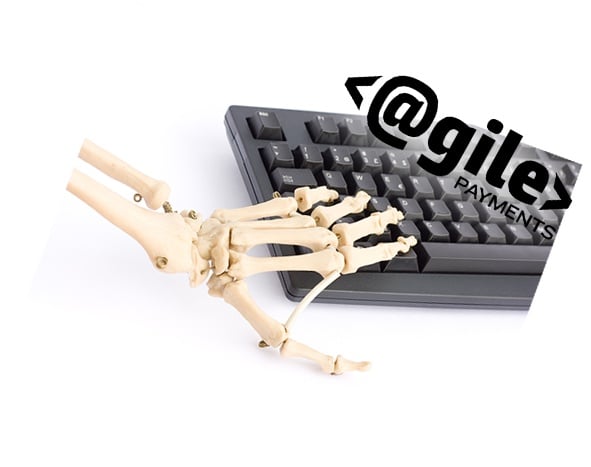 Customers are more likely to completely forget about your free trial after a couple weeks have passed, and you will lose out on customers who are no longer enthused about your cloud service.
Customers are more likely to completely forget about your free trial after a couple weeks have passed, and you will lose out on customers who are no longer enthused about your cloud service.
Everything in your life can change in 30 days, and you could write a completely different business plan before your customers make their purchases.
A trial period of seven days is more than enough for a simple SaaS.
Setting up a seven-day trial gives you a simple calendar for support of the trial.
The emails you send to your customers can unfold over a period of seven days, and a week is more than enough time for customers to make up their minds.
Use the trial period as an incubation period that helps your customers find their way to purchasing your products.
Complex SaaS programs may require a trial period of ten days or two weeks.
Taking your trial period beyond two weeks sends your program to the back of every customer’s mind.
Allowing your customers a fair amount of time keeps your business in the forefront of a customer’s mind, and you won’t be relegated to the forgotten trial periods that many of your customers have let slide by.
Ready, Set, Go
No trial program guarantees a conversion from trial to sale, but a trial program that is run properly dramatically increases your chances of making the sale.
 You will never win everyone over, but you can make your business look as good as possible using the five steps I detailed above.
You will never win everyone over, but you can make your business look as good as possible using the five steps I detailed above.
Your customers appreciate proper customer service, and your business needs to focus on converting as many sales as possible.
Take the time to adjust each step in the process to meet your needs, and your free trial customers will eventually have a seamless experience.
Every email you send, blog post you write and trial period you create must gently guide customers to the point of sale where your money is made.
Here at Agile Payments we have been helping SaaS providers for a long time now. In that time we have learned what developers need to get their job done. Our APIs’ parameters give you the freedom to create the solutions you need for your project. Everything about Agile is, well, agile.
Did I miss a tip you think I should have included? If so please post it below in the comment section!





